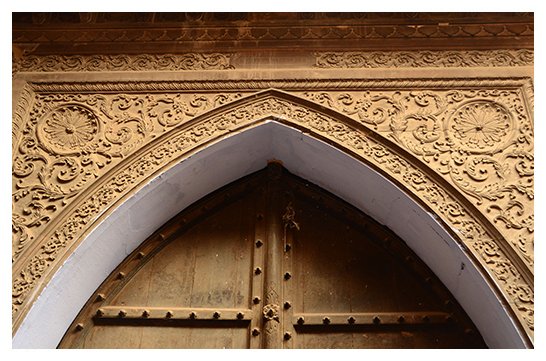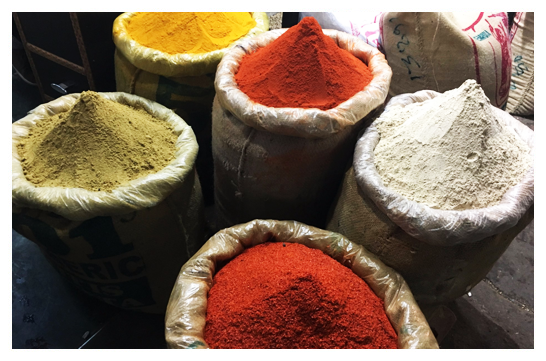Why Streets?



Streets in India are not just about getting from A to B; they are where people live, work, pray, eat and sleep. And not only the poor: for office workers and housewives too, the streets are for doing everyday things. Eat breakfast, drink a chai, get a shave and hair cut, buy some of the daily shopping.
And so the streets are filled with roadside sellers of fruit and vegetables, their carts loaded with what they have bought early that morning from the wholesale market. Deed writers sit outside courts under umbrellas, hammering out legal documents on typewriters. Rickshaw-wallahs gather outside metro stations. Garland makers, rag-pickers, ear-cleaners, itinerant sadhus, omelette makers; sellers of pottery or oversized balloons, of coloured powder and water pistols in the run-up to Holi or boxes of sweets before Diwali…
And this being India, a land incapable of doing something without adding colour, noise, smells and social complexity, there’s a myriad of customs and characters to be explored and explained. But many visitors only have the chance to see all this from a hotel balcony or through a car window. And even those who do walk seen from close by, colourful stories and customs go unnoticed.
Street Connections aims to open some of these worlds to the visitor.

